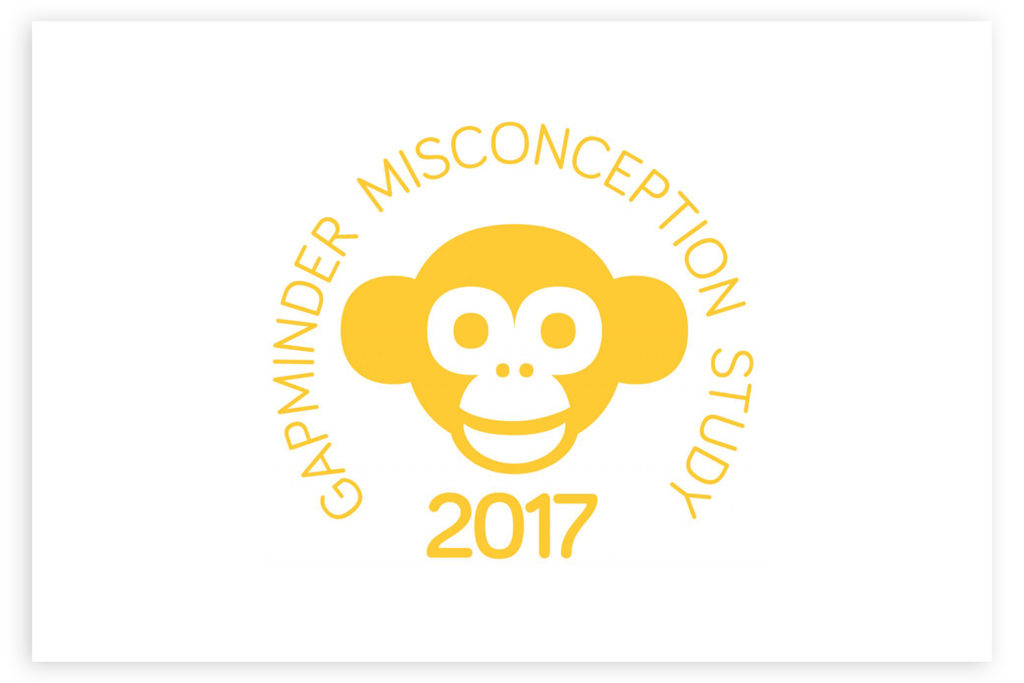 A. Two of them
A. Two of them B. One of them
B. One of them C. None of them
C. None of them
Correct answer
According to data from the World Wildlife Fund and the International Union for Conservation of Nature (IUCN), none of these species have become more critically endangered over the last 20 years. Quite the opposite, in fact—things are looking up for all three species.
Why the Wrong Answers are VERY Wrong
A) Two of them, and B) One of them
In recent years, the number of tigers living in the wild has increased to 3,900. They continue to face a high risk of extinction as a result of poaching, illegal logging, and forests being cleared for agriculture. However, the fact that numbers are going up rather than down means the situation is undoubtedly improving.
Giant pandas have been downgraded from “endangered” to “vulnerable” thanks to an increase in numbers living in the wild. This breakthrough was achieved by politicians, conservation charities, and local communities coming together to give giant pandas the best chance to live in their natural habitat. It may not sound like a big number, but the fact that 1,800 giant pandas are now living in the wild is a real success story.
Black rhinos are still critically endangered, which means there is an extremely high risk of them becoming extinct. Sadly, the species is still threatened by poachers who want to kill them for their horns. However, the number of black rhinos in the wild has stabilized at around 5,000 thanks to efforts to fight poaching.
The ignorance we found
In one of the worst results of the entire survey, just 9% of our respondents managed to get this question right. Overall, our respondents would have been three times more likely to get this question right if they had picked an answer at random.
Interestingly, our Japanese respondents scored much higher than any other nation, with 26% correct answers—the next best was Australia, with just 12%. Of course, 26% is still substantially lower than our chimps managed, so not exactly cause for celebration. Hungary once again brought up the rear, with a terrible 3% correct answers.

Why do people pick the wrong answer?
It’s hard to point the finger of blame at charities, but in this case they may have something to answer for. Generally, the only exposure normal people in the richest countries have to information about endangered species is to tell us about how bad things are. We’ve all seen it:
“Poachers are killing species X and must be stopped.”
“Species Y is under threat from deforestation.”
What we haven’t generally seen, though, are the success stories. In most cases, charities and media outlets haven’t put quite the same level of effort into telling us about all the species that have been saved as a result of conservation fundraising and initiatives.
Add this to the misconception that the world is getting worse (it isn’t), and you have the recipe for some highly misinformed people in the richest countries.

